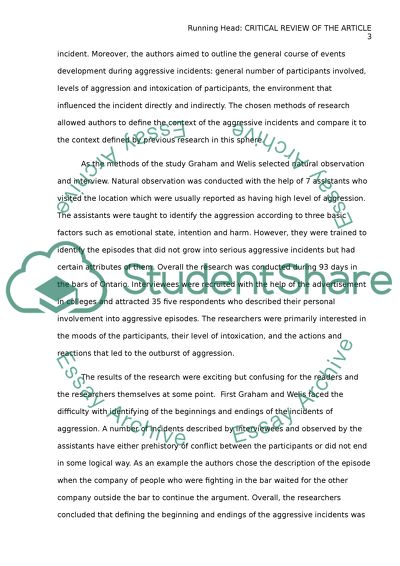Cite this document
(“Critical Review of "Aggression among young adults in the social Article”, n.d.)
Critical Review of "Aggression among young adults in the social Article. Retrieved from https://studentshare.org/journalism-communication/1690787-critical-review-of-quotaggression-among-young-adults-in-the-social-context-of-the-barquot-by-kathryn-graham-and-samantha-wells
Critical Review of "Aggression among young adults in the social Article. Retrieved from https://studentshare.org/journalism-communication/1690787-critical-review-of-quotaggression-among-young-adults-in-the-social-context-of-the-barquot-by-kathryn-graham-and-samantha-wells
(Critical Review of &Quot;Aggression Among Young Adults in the Social Article)
Critical Review of &Quot;Aggression Among Young Adults in the Social Article. https://studentshare.org/journalism-communication/1690787-critical-review-of-quotaggression-among-young-adults-in-the-social-context-of-the-barquot-by-kathryn-graham-and-samantha-wells.
Critical Review of &Quot;Aggression Among Young Adults in the Social Article. https://studentshare.org/journalism-communication/1690787-critical-review-of-quotaggression-among-young-adults-in-the-social-context-of-the-barquot-by-kathryn-graham-and-samantha-wells.
“Critical Review of &Quot;Aggression Among Young Adults in the Social Article”, n.d. https://studentshare.org/journalism-communication/1690787-critical-review-of-quotaggression-among-young-adults-in-the-social-context-of-the-barquot-by-kathryn-graham-and-samantha-wells.


